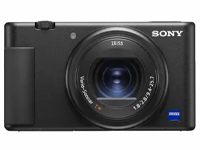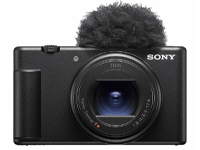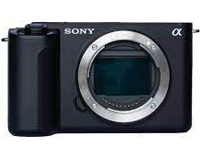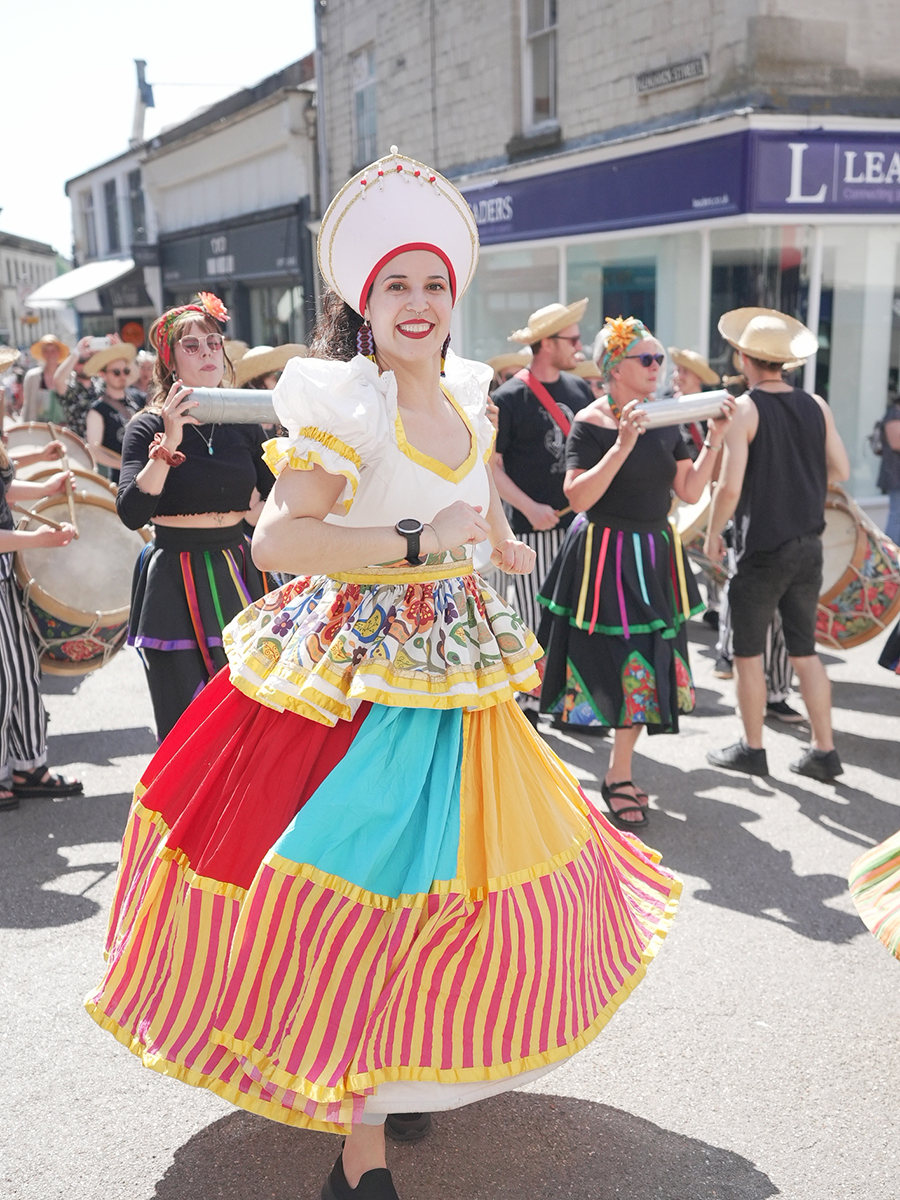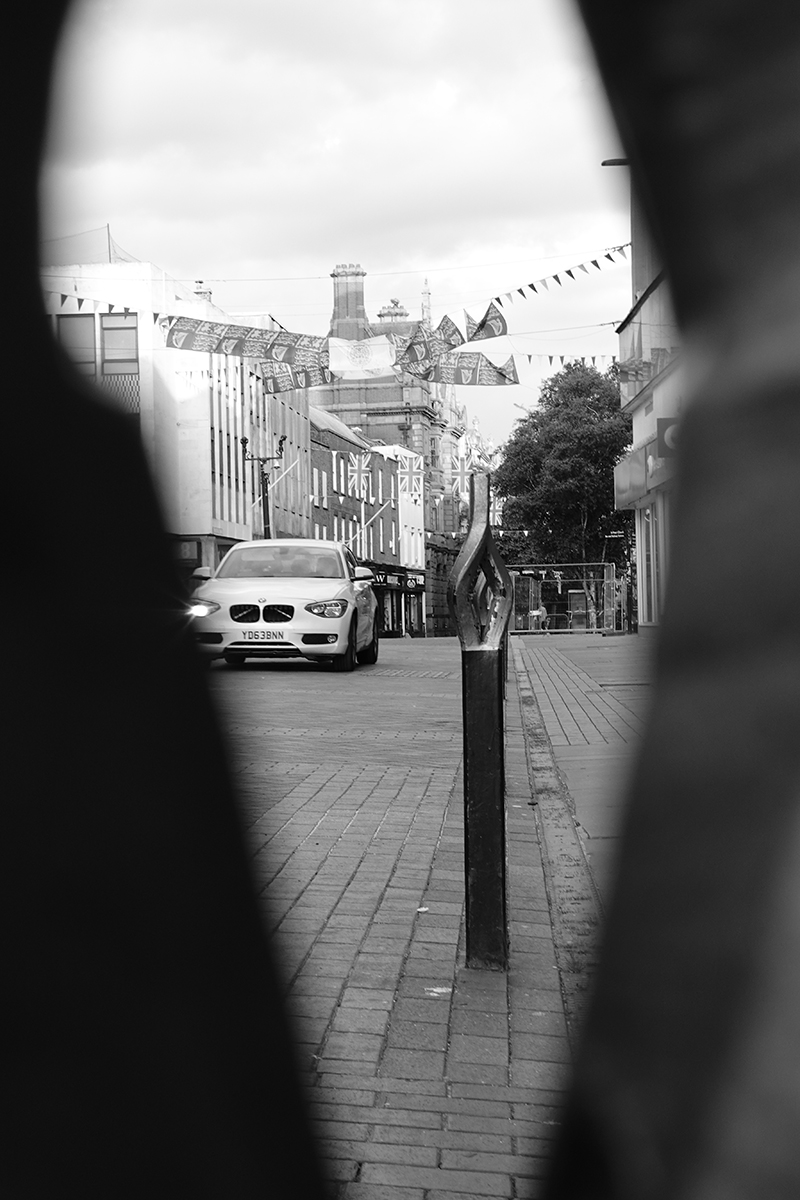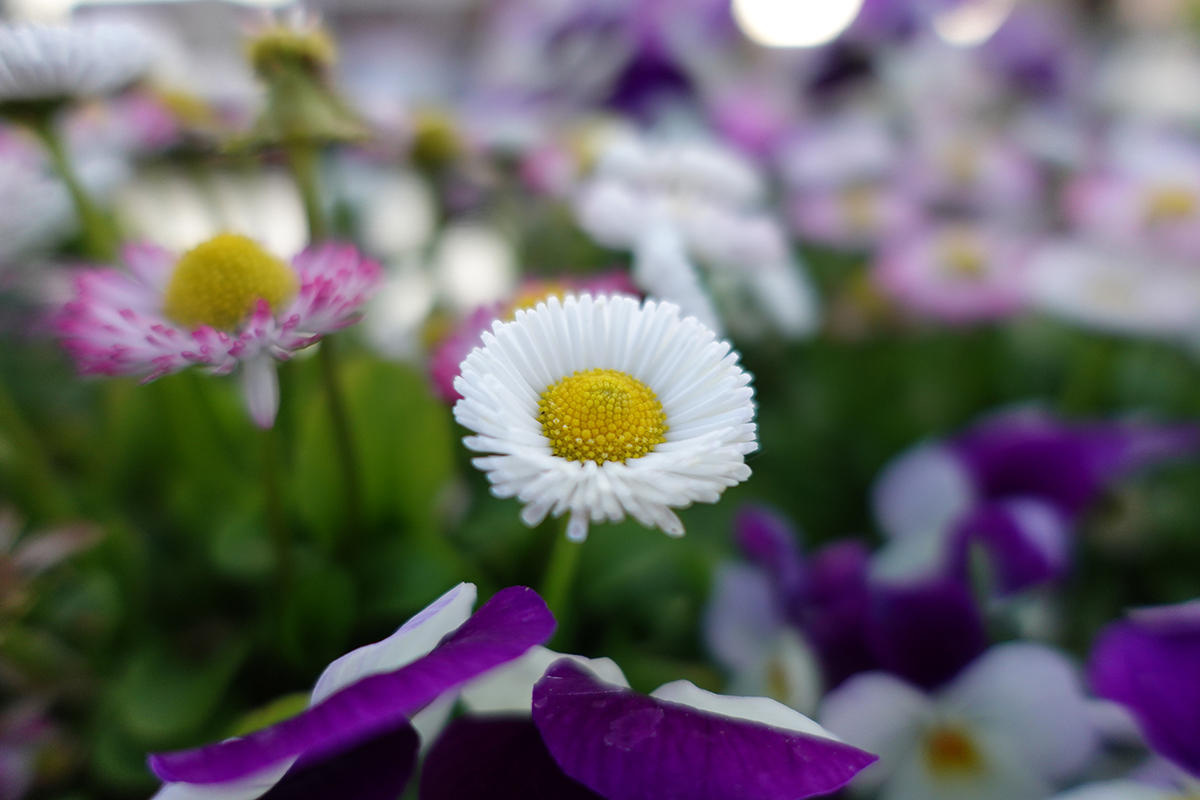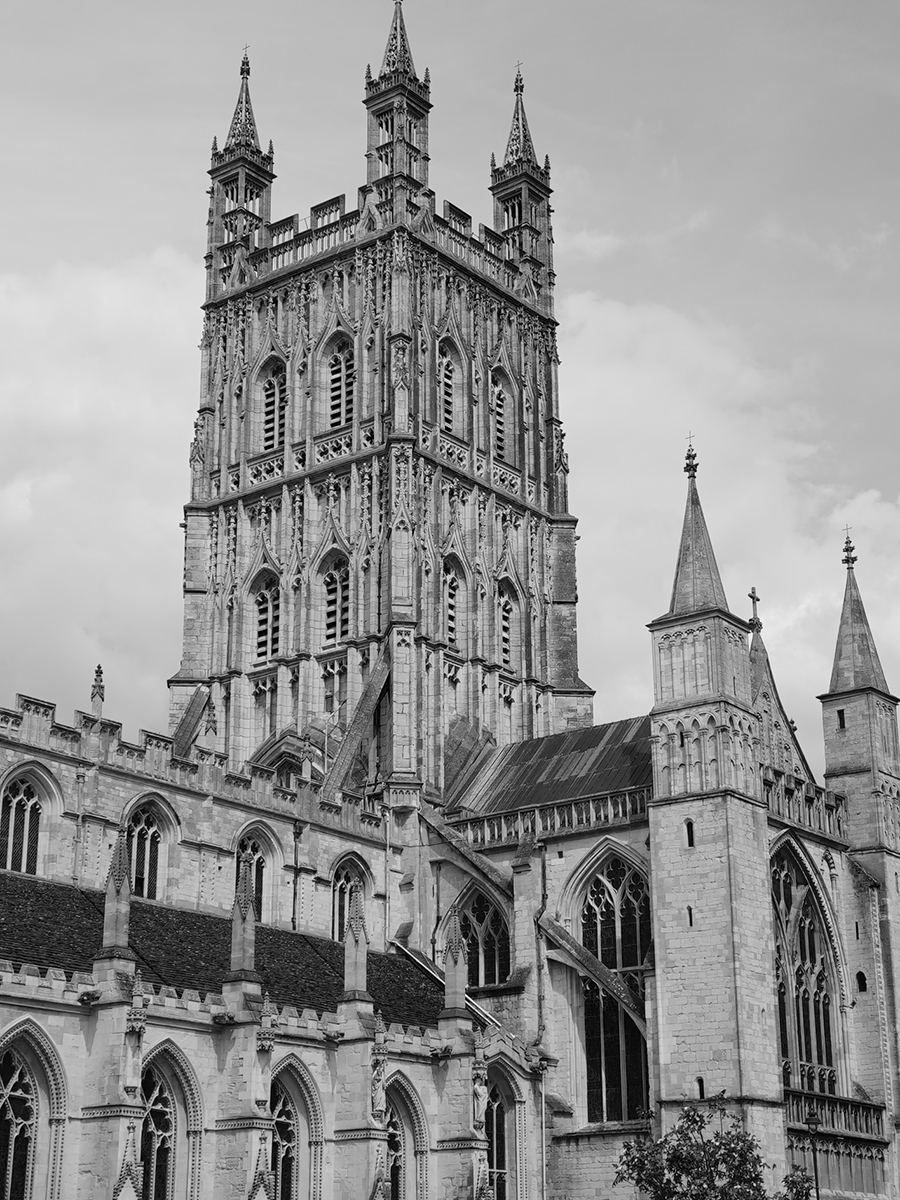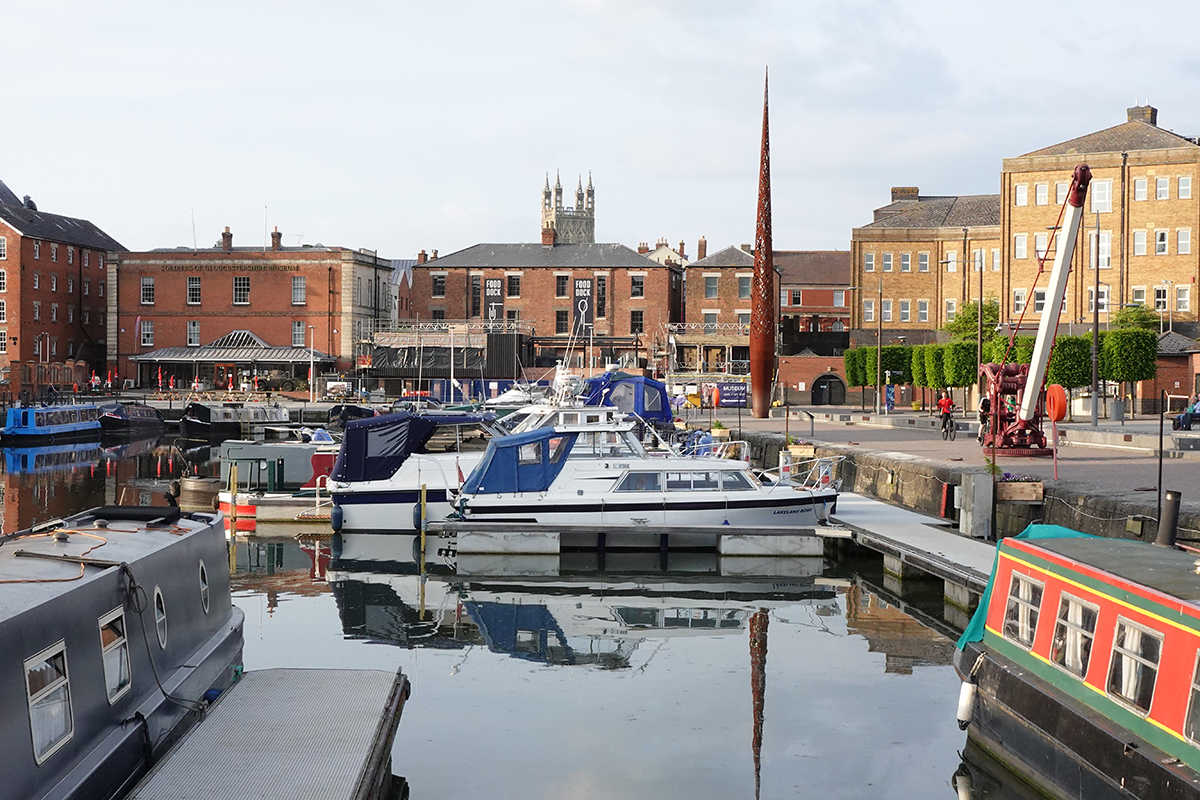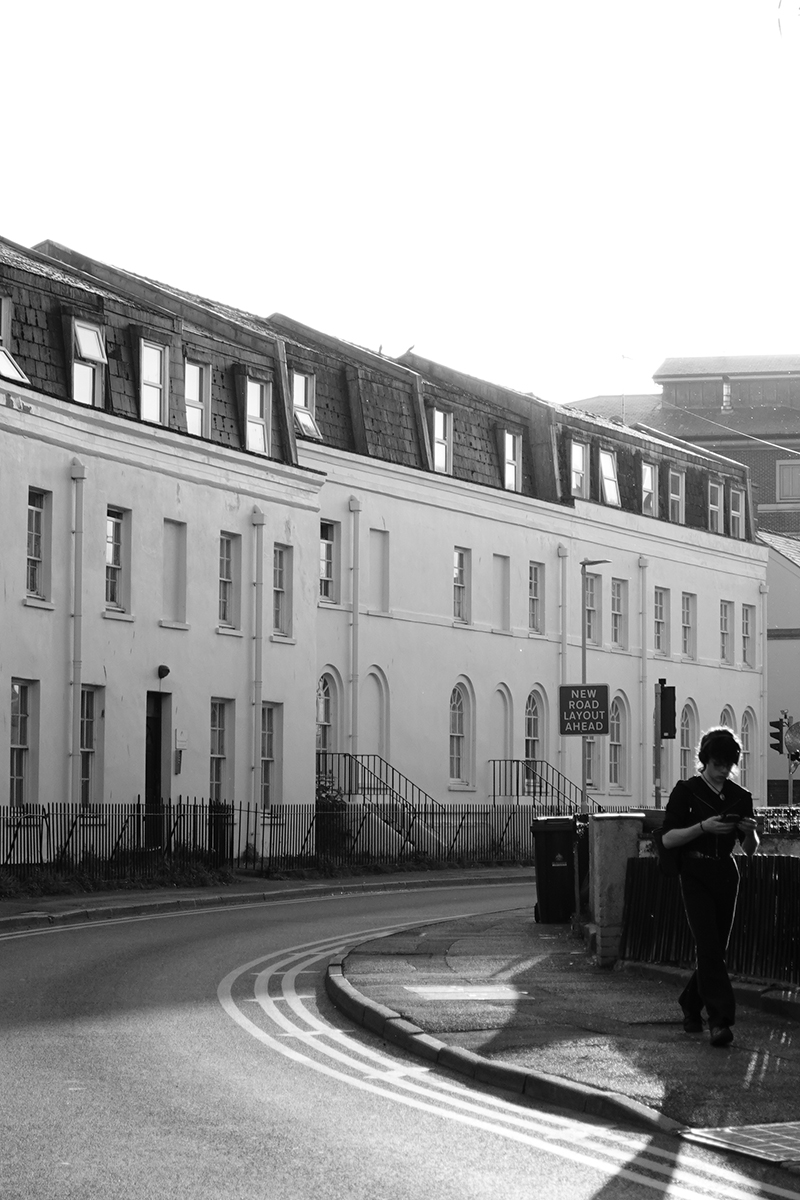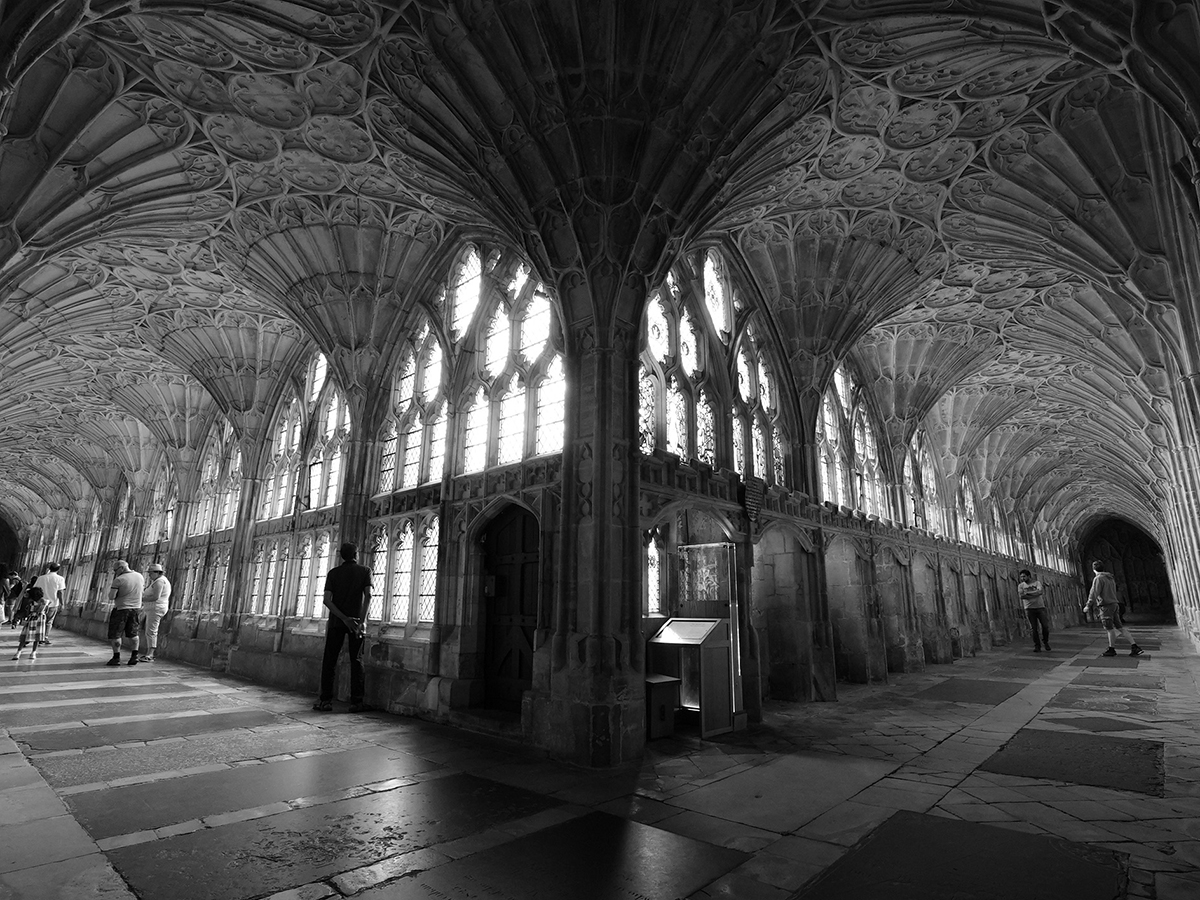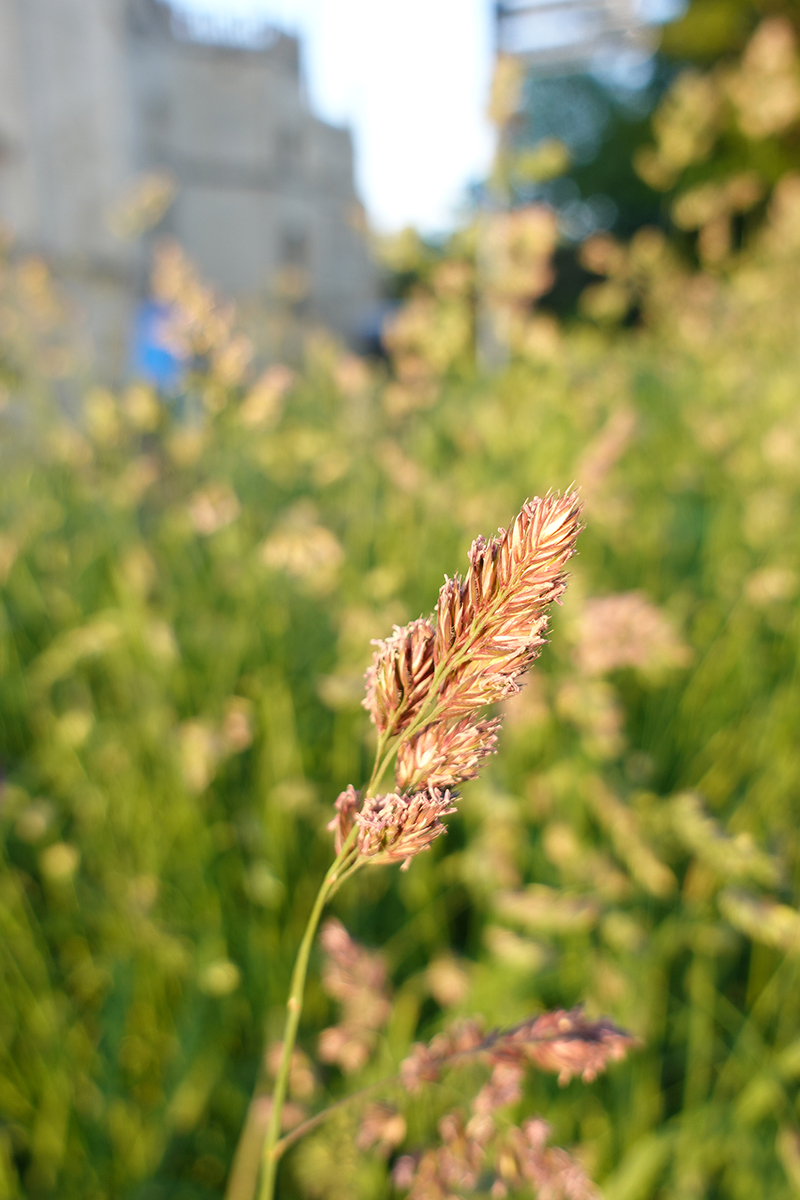ZV-1 vs ZV-1 II vs ZV-E1 | Which Sony Vlogging Camera to Buy?
What is the best camera for vlogging? It is something we get asked a lot here at Clifton Cameras and with a vast variety of kits to choose from, it can be tricky to know which is the one to go for.
In this blog, I will be breaking down three of our most popular vlogging cameras, the Sony ZV-1, ZV-1 II and the ZV-E1, so that you can work out which one is right for you. Then we’ll explore what features you need to be looking out for when choosing your next camera.
Sony ZV-1 vs ZV-1 II vs ZV-E1
What are the main differences between these three vlogging cameras? Take a look at a breakdown of the specs.
|
Release Date |
May 2020 |
June 2023 |
May 2023 |
|
Image Quality |
20.1 MP |
20.1 MP |
12.1 MP |
|
Video Quality |
4K/30fps |
4K/30fps |
4K/60fps |
|
Sensor Type |
1.0 Inch |
1.0 Inch |
35mm Full Frame |
|
Sensor Size |
EXMOR RS CMOS Sensor |
EXMOR RS CMOS Sensor |
EXMOR R CMOS Sensor |
|
Stabilisation |
Active Electronic + Lens OIS |
Active Electronic |
5-axis + Active Electronic |
|
Autofocus |
Yes |
Yes |
Yes |
|
Lens |
24-70mm |
18-50mm |
Interchangeable Lens mount |
|
Livestream |
Yes |
Yes |
Yes |
|
Wireless |
Yes |
Yes |
Yes |
|
Audio |
Yes |
Yes |
Yes |
|
Weight |
294g |
292g |
399g |
Video Quality
As a vlogger/content creator, the quality of the video is essential. Buying a vlogging camera with less than top-notch video specs would rather defeat the point of investing in this kit.
The ZV-1 and ZV-1 Mark II both feature video quality of 4K at 30 fps which means if you are using these cameras for creating content such as travelling, exploring and hiking, you are getting great speeds and amazing video quality.
Both of these cameras also offer Active Stabilisation which is especially handy if you do not want to have the hassle of carrying any accessories and is mainly aimed at handheld shooting. The ZV-1 offers optical image stabilisation in the lens as well as electronic stabilisation in the body which is ideal for shooting vlogs with a lot of action.
The Sony ZV 1 Mark 2 actually only features Active Stabilisation, however, the algorithm has been upgraded hugely from the first edition making it ultra smooth for walking and talking to the camera.
Sony ZV-E1 | 1/6400 | f2.8 | ISO 1250
If you want something with even smoother footage though the ZV-E1 has a whopping 5-axis image stabilisation with a rating of 5-stops of compensation. Not only do you get the crispest video with utmost detail but also manage to get a decent video in the frame with the 4:2:2 10bit formatting. The ZV-E1 works best in Active and Dynamic Active mode which crops the sensor further to improve the result.
ZV-E1 also records at up to 4K 60fps which is an additional 30 frames per second that you can use to your advantage. It essentially makes this camera an entry-level cinema line camera with the quality you can produce. The extra 30 frames per second are the leap that justifies why you might want to pay that slight extra in order to produce content with more artistic expression than simply vlogging.
Who wins? In this instance, I would say that is a hard tie because varies on the requirement of the vlogger. To narrow it down, however, the ZV-E1 not only does the job better than a compact system camera but also does exceptionally well as an entry-level cinema line camera.
Image Quality
As a vlogger you might not be so concerned with image quality – we’re all here for the video specs, right? But when it comes to content creation you still need a camera that is capable of taking good quality photos for YouTube thumbnails, your Instagram feed and for building your brand online.
The Sony ZV-1 and the ZV-1 Mark II both benefit from a 20.1MP sensor which makes use of some of Sony’s most modern features. They can both be used to take detailed and sharp images ready to use everywhere and with their fast wireless sharing, you can have images ready to go in no time.
The ZV-E1, on the other hand, features a 12.2MP sensor. However, don’t be put off by that smaller number, this is still a massive upgrade from most smartphone cameras and will put you leaps ahead of the competition when it comes to stills photography.
Who wins? The pic of the crop is the Sony ZV-1 Mark II for its high 20.1MP sensor with up-to-date tech.
Sony ZV-1 II | 1/80 | f4.5 | ISO 160
Image Sensors
Sony is well known for their high-quality image sensors, with each new camera seemingly performing faster and with higher overall image quality than the last. But what do these sensors really mean and how can they affect the end result?
The ZV-E1 features the full-frame BSI EXMOR R CMOS Sensor. Without going into lengthy explanations about ‘photodiodes’ and ‘light receiving surfaces’, this sensor has increased light sensitivity that can capture incredibly sharp images even in challenging light conditions.
Both the ZV-1 models feature a 1-inch EXMOR RS CMOS Sensor which may sound very similar to the ZV-E1 apart from two key details. Firstly, the sensor being 1-inch vs full frame is smaller (although still large enough to capture high-quality content). Secondly, the sensor is an ‘RS’ vs an ‘R’ which means that performance in low-light environments will not be as good in comparison.
Who wins? Things move fast in the camera industry, and when it comes to sensors newer is usually better. This one goes to the ZV-E1.
Sony ZV-1 | 1/1000 | f2.0 | ISO 250
Handling
In terms of the size of the cameras, the ZV-1 and ZV-1 II are virtually identical. Both weigh about 300g and fit nicely in the hand or on a shooting grip – just as any point-and-shoot should. ZV-E1 on the other hand weighs about 483g with the Sony FE 28-60mm f4.5-5.6 lens, or 399g on its own.
All three cameras are compact, lightweight and pocket-friendly. The size of these cameras becomes handy and allows you to take them everywhere without the hassle of large bags and bundles of accessories. The superfast file sharing which is compatible with the Sony Creators’ App and wireless capability makes it easier for you to export your files across multiple devices with access to the app.
Who wins? When it comes to size, it depends on each user, but if you are looking for a compact, lightweight and pocket-friendly camera then the ZV-1 and ZV-1 II both work exceptionally well.
Lens Choice
One of the biggest differences between the ZV-1 and the ZV-1 Mark II is the lens. The ZV-1 features a built-in 24-70mm f1.8-2.8 lens which despite being a classic and useful focal length, many found not wide enough for the majority of vlogging needs
The ZV-1 II, on the other hand, has a built-in 18-50mm f1.8-4 lens. This ranged focal length and low maximum aperture gives you the flexibility to capture breathtaking landscapes, zoom in on subjects and, most importantly, capture the wide world even in selfie mode.
What is great about having a fixed lens is that all you have to do is grab your camera and go. No faffing around trying to find the right kit. It is also a much cheaper option as additional glass can be expensive!
Sony ZV-E1 | 1/8000 | f2.8 | ISO 250
On the other hand, the ZV-E1 does have an interchangeable lens mount and with this comes the option of choice.
You could choose to have an ultra-wide 16-35mm f2.8 GM, a versatile 24-70mm f2.8 GM2, or a telephoto 70-200 f2.8 GM2. Depending on what you are wanting to capture this addition of choice can become incredibly beneficial, especially if you want to be a jack-of-all-trades and really up your video content.
Who wins? Despite the simplicity of one lens to do it all, the ZV-E1 has to take the crown for opening up a world of photographic possibility.
So which to choose?
We are going to break up our review here to take a look at which camera fits the bill for what you need.
Sony ZV-1 – A great choice if you are dipping your toe into the world of vlogging and content creation. The most affordable of the bunch this camera has pretty much everything you need to preserve family gatherings, friends holidays and more.
Sony ZV-1 II – The one for getting into content creation as a serious side hustle without the extra hassle of choosing lenses and additional equipment. This is a great choice for those who want to create great content for their social media.
Sony ZV-E1 – This takes things up a notch and is for users looking to take up vlogging as a full-time profession and wanting to create frequent vlogs and short movies. It looks and feels for like a DSLR or mirrorless camera body thanks to its full-frame sensor and the choice of lenses.
Sony ZV-1 II |1/640 | f5.6 | ISO 640
What Features to look out for when Buying a Vlogging Camera
When investing in a new camera it can feel daunting at first. What is it in that long list of specifications that make this camera right for you? Here I’m going to break down some key areas to look out for and how they are going to up your content creation.
Eye AF and Auto Framing
Eye AF is a feature that Sony uses in all its new releases. Found in the ZV-E1, ZV-1 II and ZV-1 you benefit from a wide array of features such as:
AI Autofocus: AI-based Eye AF utilises face and eye detection algorithms to detect human or animal eyes in real-time. The ZV series ensures that the camera’s focus is precisely on the subject’s eyes, resulting in sharp results every time.
Group priority: Many cameras in the ZV series use AI-based autofocus to detect when there are multiple people in the frame. It then adjusts the aperture accordingly, making sure that everyone is in focus and no one gets left in the background.
Increased Efficiency and Speed: AF allows users to work more efficiently. Instead of manually selecting focus points the cameras can automatically track and focus on the subject’s eyes even in challenging scenarios such as harsh weather conditions like rain and thunderstorms. ZV-1 II is the winner in this instance as the speed of the camera is able to track water droplets while in the S&Q mode.
Sony ZV-1 |1/800 | f2.8 | ISO 250
Animal AF: Eye AF is not limited to human subjects, it also provides eye detection and tracking for certain animals, such as cats and dogs. This expands the possibility of what you can shoot making it useful for wildlife vlogs and animal accounts.
Continuous Tracking: Eye AF is often available in continuous autofocus modes, allowing it to track the eyes and focus as the subject is moving within the frame. This is particularly viable in situations where the subject is fast-moving, or while shooting in burst mode making it useful for both videography and photography.
Product Showcase: One of the common features in the ZV lineup is Product Showcase. It is designed especially for vloggers who wish to create content such as product demonstrations or reviews and automatically shifts focus to the item closest to the camera.
Live Streaming
One of the key features in the Sony ZV Camera line-up is the Live Streaming capabilities. This is an advantage to content creators and vloggers because it allows:
Real-time Audience Management: Live Streaming allows users to connect with their audience in real time. The users have the benefit of connecting with their viewers through comments, answering their questions and creating an engaging experience.
Instant Sharing: Like it says on the tin, live streaming is instant and allows content creators to share instantly without the need for post-production or uploading. The immediacy allows the timely sharing of events, performances or any other content a user wishes to broadcast in real time.
Wider Reach: Live streaming opens up the possibility for a wider audience reach. By live streaming your content, you have the potential to reach viewers who are based in a different time zone and engage viewers from all around the globe.
Sony ZV-E1 |1/60 | f9.0 | ISO 5000
Authenticity and spontaneity: Live streaming captures the moment as it happens, allowing creators to be authentic and unfiltered as well as allowing viewers to see the human behind the screen. It can be useful for vloggers and content creators who are setting out as beginners to showcase their personalities and connect with their audience on a more personal level.
Cost-effective broadcasting: Compared to any other broadcasting methods, live streaming offers a cost-effective solution. Vloggers can stream directly from the camera, eliminating the need for additional equipment or a dedicated audio setup. The simplicity and affordability make live-streaming accessible to a wider range of content creators.
Analytics and Metrics: Many live streaming platforms provide analytics and metrics so that you can track viewer engagement, audience demographics, and other valuable insights. These detailed analytics can help a vlogger or content creator to understand their audience better, refine their content strategy and make data-driven decisions to improve their live streams.
Depth of Field
The Sony ZV cameras offer the ability to control and manipulate depth of field, which provides a variety of benefits to vloggers and content creators such as:
Subject Isolation: By adjusting the depth of field, the users can separate the subject from the background. This technique is commonly used by photographers and videographers as it allows them to draw attention to the subject and add a sense of depth and dimension to the shot. As a vlogger, this allows you to get creative and up the quality of your content.
Visual Impact: Manipulating depth of field allows you to control the visual impact of the video. A shallow depth of field can create a dreamy, artistic look, while a wide depth of field can provide a detailed and comprehensive view of the scene.
Background Control: The depth of field allows the user to control the appearance of the background in videos. With a shallow depth of field, you have the flexibility to soften or blur the background, removing distractions and directing the viewer’s attention to the main scene.
Emphasis and Hierarchy: By utilising depth of field effectively, you can emphasise certain elements within a scene, by keeping the subject in focus while blurring the surrounding elements to guide the viewer’s attention to the most important elements in the frame.
Sony ZV-1 |1/160 | f2.5 | ISO 125
Feeling confident?
Hopefully, by now you are feeling confident in knowing which Sony vlogging camera is right for you and what key features to look out for when making that purchase. If you have any further questions, however, please don’t hesitate to get in contact with us and we’d be happy to answer these for you.
Read next
- Sony is for Vlogging – In-Depth Camera Comparison
- Sony FX30 | The Entry-Level Cinema Camera for New Filmmakers
- What is the best 24-70mm lens for Sony Alpha Cameras?
Thank you!
Thanks for taking the time to read our blog, we really do hope they help you out and answer some of your questions. If you still have some unanswered, then please feel free to get in touch with our team of experts.
We have a LiveChat option on our website and we can, of course, be contacted via our email, we're also on the end of the phone too! Read more on how to contact us here >
Want to write for us?
If you've got experience with producing content on photo, video and/or optics products or techniques then we would love to hear from you. Contact our blog editor, Bea, with a sample of your work at [email protected].
- By Kushaan Sharma
- 16 Jun 2023




























































